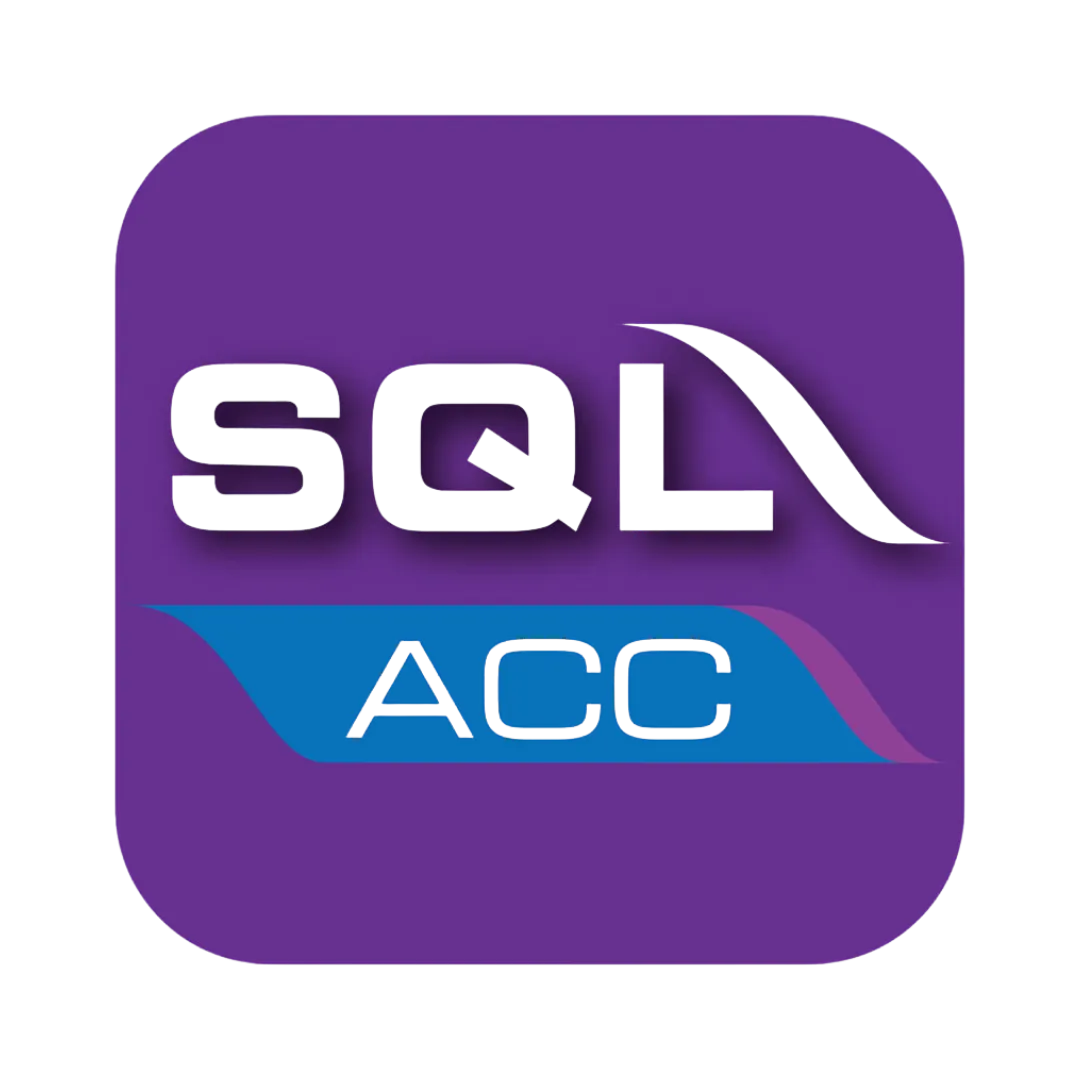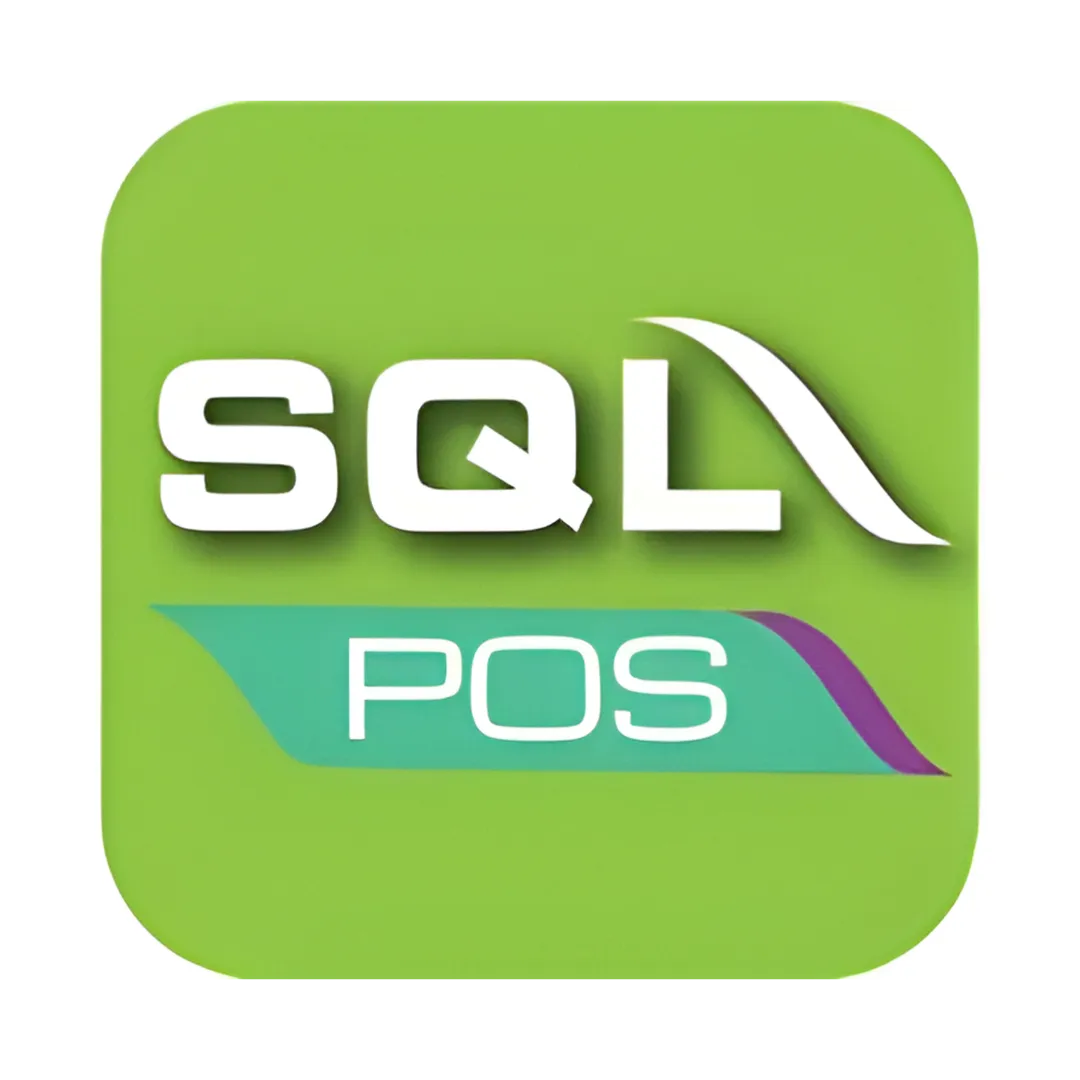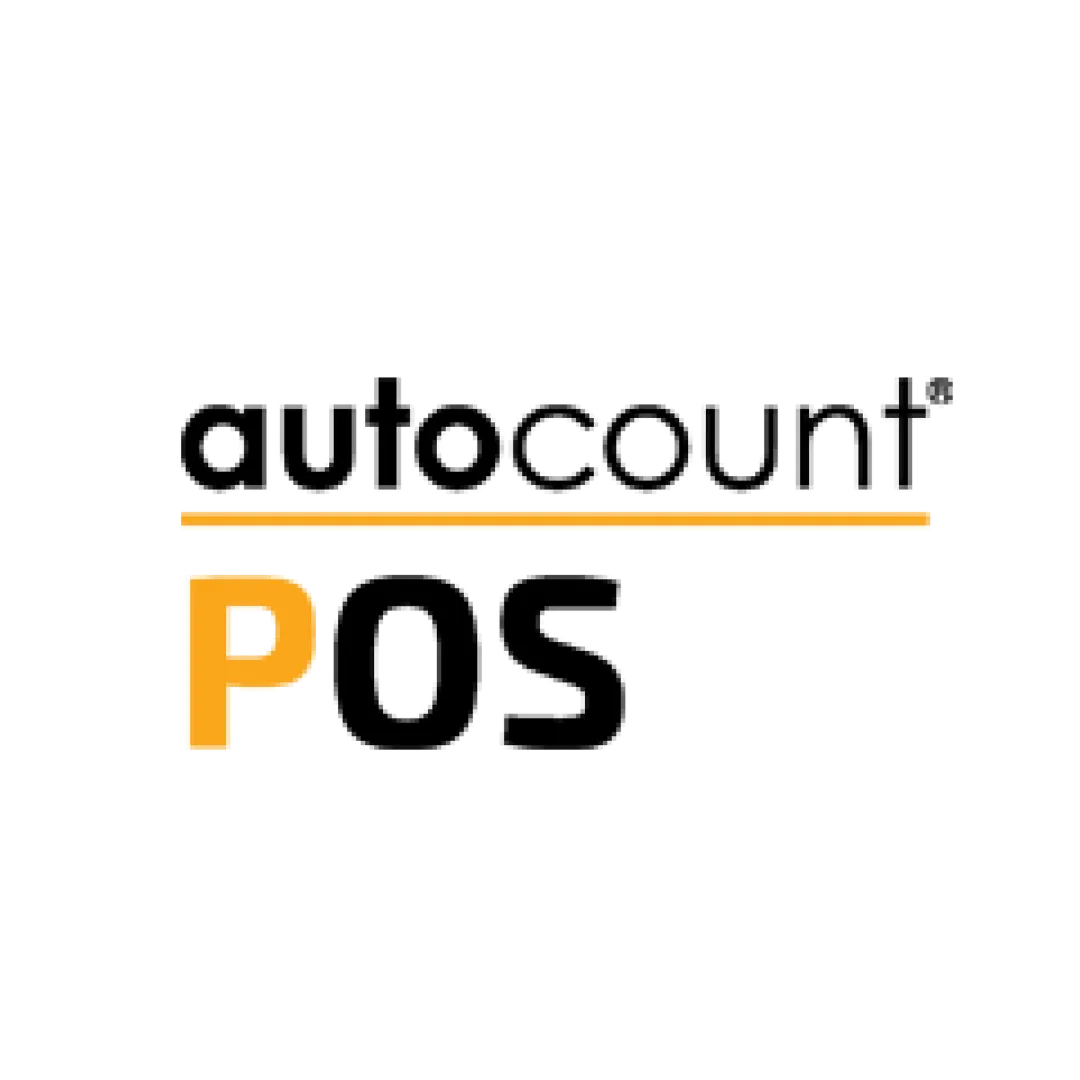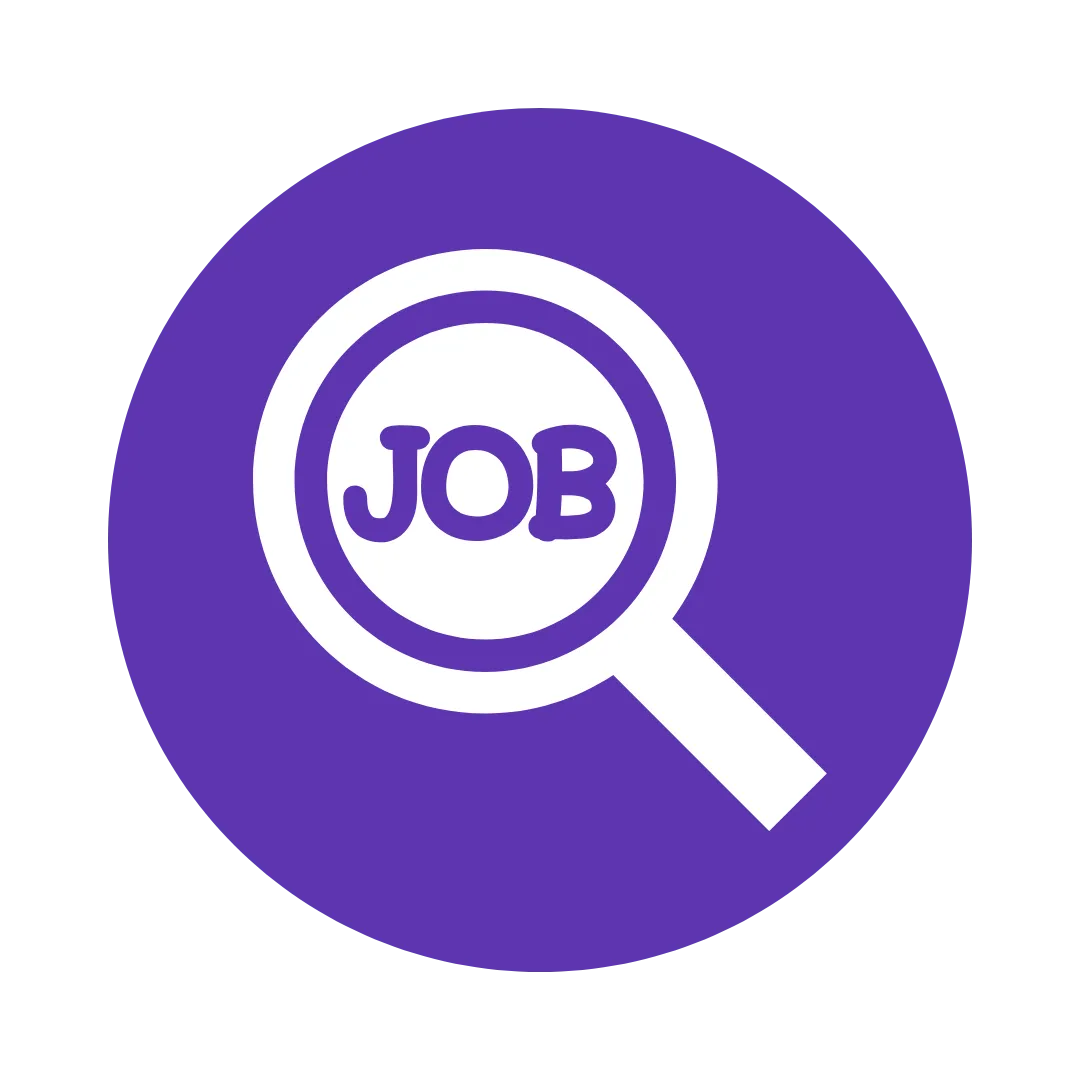
SME Accounting in Malaysia: Every Ringgit Should Be Counted
This article explores how SMEs in Malaysia can take control of every ringgit by building reliable accounting systems that go beyond tax filing.


Published 30 July 2025
In this article, you will learn about
1. System Requirements & Preparation
2. Installing SQL Accounting Software
3. Creating a New Company Profile
4. Setting Up Core Accounting Structure
5. Configuring Inventory (Optional)
6. Inputting Opening Balances
7. Daily Operations Overview
8. Maintenance Tips & Best Practices
In this article, you will learn about
1. Why Every Ringgit Matters in SME Accounting
2. Common Mistakes Malaysian SMEs Make With Their Finances
3 . Bookkeeping Essentials: Building Your Financial Foundation
4. Accounting Methods: Cash vs Accrual for Malaysian SMEs
5. Understanding Malaysia’s Tax Compliance Framework
6. Monthly and Annual Accounting Tasks SMEs Shouldn’t Skip
7. Recommended Tools for Accounting in Malaysia
8. When to Hire an Accountant (and When to DIY)
9. How to Create an Internal Accounting SOP
10. The Shift Toward Digital Compliance: e-Invoice and Cloud Reporting
11. How to Read Your Financial Statements Like a Business Owner
Accounting is not just a back-office task — it's a foundational system that shapes how your business operates, grows, and survives in the long run. In Malaysia, where small and medium enterprises (SMEs) dominate the economic landscape, understanding and maintaining a structured accounting system is no longer optional — it's a competitive necessity.
This article explores how SMEs in Malaysia can take control of every ringgit by building reliable accounting systems that go beyond tax filing. From proper bookkeeping to tax compliance, this guide lays the foundation for sustainable financial clarity.
Why Every Ringgit Matters in SME Accounting
In a small business, every transaction — no matter how minor — affects your financial position. Accounting is more than just tracking income and expenses; it's about capturing the entire financial story of your business.
When every ringgit is properly tracked, SMEs gain:
• Better visibility over cash flow
• Confidence in financial reporting
• Faster, more informed decision-making
• Compliance with LHDN and SST regulations
• Greater readiness for audits, loans, and investments
Without structured accounting, even profitable businesses can face liquidity crises, tax penalties, or internal fraud.
Common Mistakes Malaysian SMEs Make With Their Finances
While most business owners understand the importance of accounting, many still fall into the same traps:
• Mixing personal and business funds
• Operating without a structured chart of accounts
• Relying solely on outsourced bookkeepers with no internal oversight
• Treating accounting as a once-a-year tax exercise
• Failing to reconcile bank accounts monthly
These mistakes result in blind spots, missed opportunities, and non-compliance with LHDN expectations. Moreover, when business owners lack timely financial data, they tend to make decisions based on assumptions rather than facts, often leading to unnecessary risks.
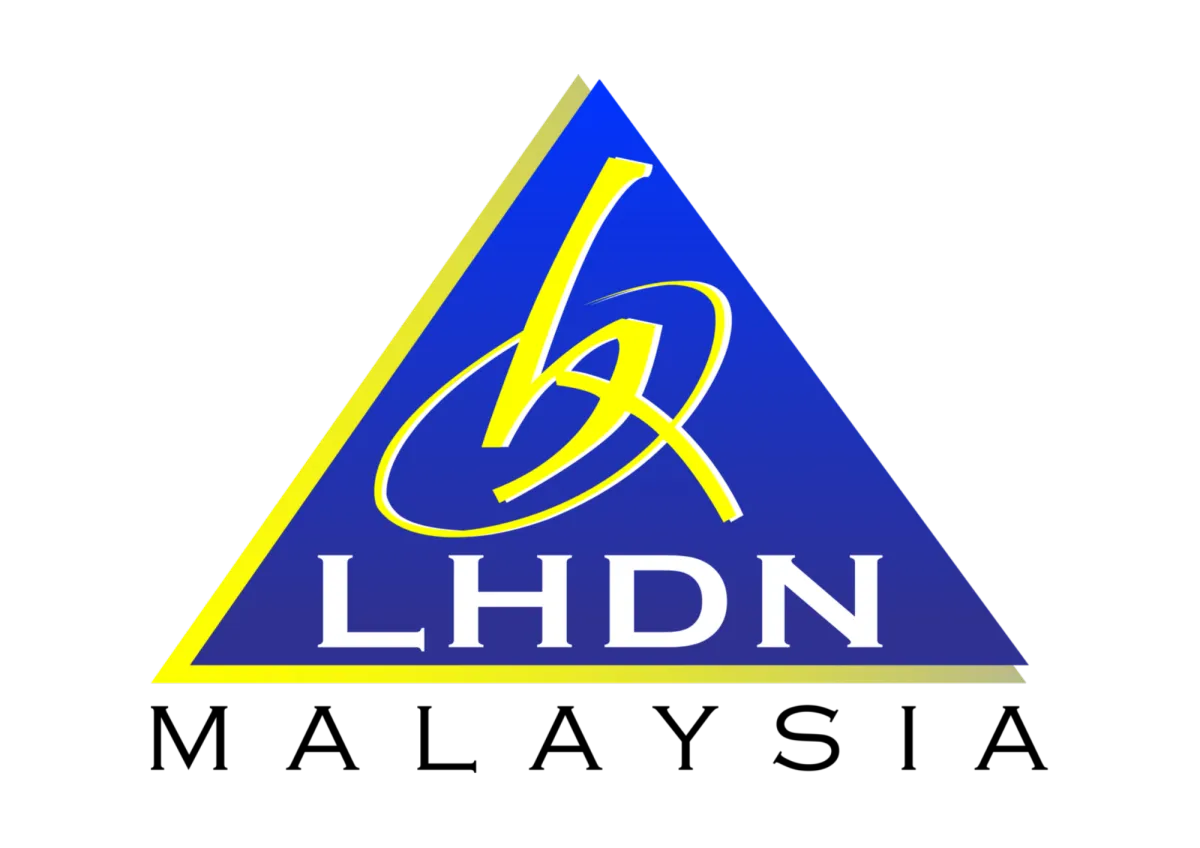
Bookkeeping Essentials: Building Your Financial Foundation
Bookkeeping is the first step toward an accurate accounting system. It involves the day-to-day recording of your business transactions, including:
• Sales and revenue
• Purchases and expenses
• Payroll
• Loans and repayments
• Tax-related entries
What SMEs Should Do:
• Use accounting software instead of manual Excel sheets
• Categorize every transaction using a proper chart of accounts
• Maintain digital backups of receipts and invoices
• Reconcile your accounts monthly
Accurate bookkeeping ensures that your tax filings are correct, your profit margins are clear, and your business partners have confidence in your reports.
⬇️ Authorized SQL & AutoCount Dealer ⬇️
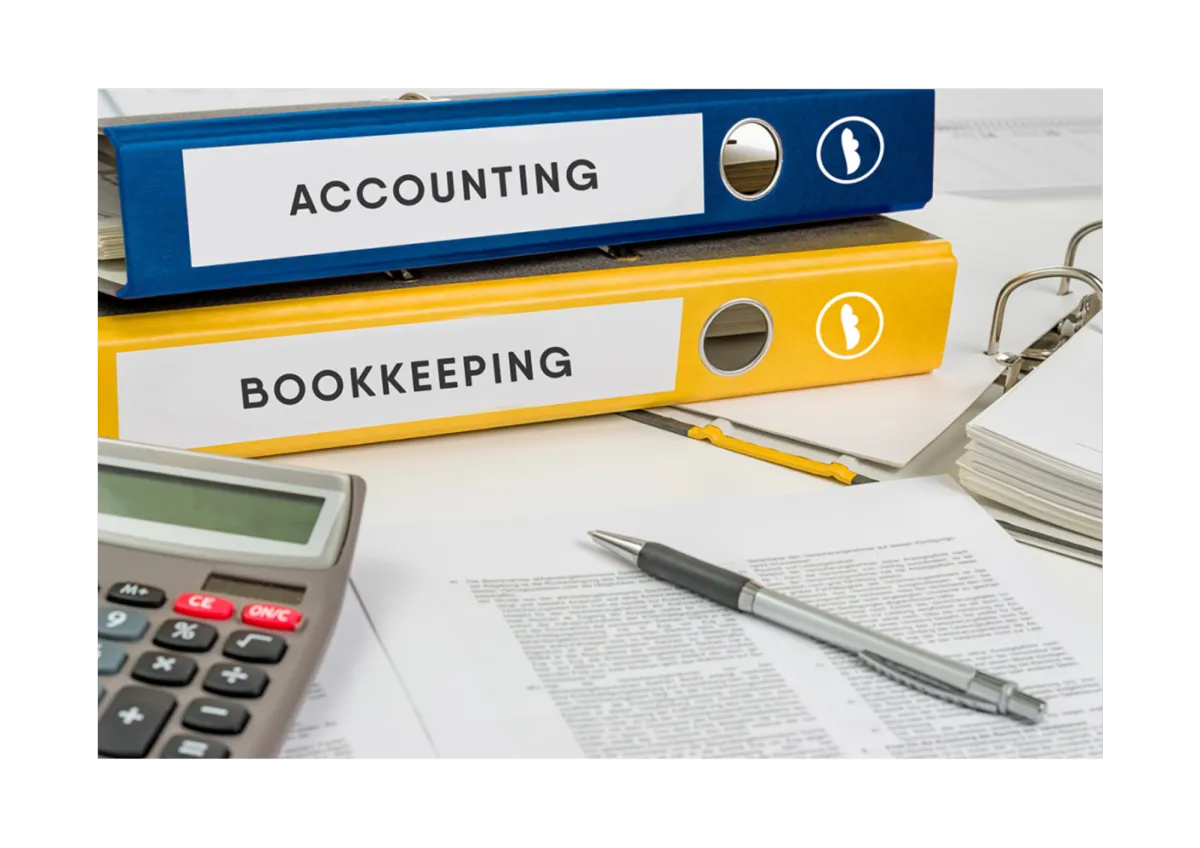
Accounting Methods: Cash vs Accrual for Malaysian SMEs
Choosing between cash and accrual basis is fundamental to how your books reflect your business reality.
• Cash Basis: Records income/expenses when money is received or paid. Simpler and useful for very small businesses.
• Accrual Basis: Records income/expenses when they are earned/incurred, regardless of when money changes hands. Required for better forecasting and matching revenues with costs.
Most SMEs with aspirations to scale up, bring in investors, or apply for grants will benefit from the accrual method. This allows better year-on-year comparisons, forecasting, and expense matching.
Understanding Malaysia’s Tax Compliance Framework
Complying with Malaysia’s tax regulations is a core part of SME accounting. Key areas include:
• Corporate Tax: 17% on first RM600,000 for SMEs; 24% above that
• SST (Sales & Service Tax): Applies to specific industries
• Withholding Tax: For payments to non-residents
• e-Invoice: Rolling out gradually in 2024–2025 by LHDN
To stay compliant:
• Submit tax returns within 7 months of your financial year-end
• File SST on time if applicable
• Start preparing for e-Invoice integration
• Keep proper source documents for at least 7 years as required by LHDN
Failing to comply with tax obligations can result in penalties, audits, and legal consequences. SMEs should treat tax compliance as a year-round strategy, not just a once-a-year task.
Monthly and Annual Accounting Tasks SMEs Shouldn’t Skip
Consistent accounting is about discipline and routine. Below is a sample task cycle:
Monthly Tasks:
• Record all transactions
• Reconcile bank statements
• Review aged receivables and payables
• Set aside tax provisions
• Generate internal cash flow reports for review
Quarterly/Annual Tasks:
• Prepare profit & loss, balance sheet, cash flow statements
• Conduct internal reviews or audits
• Submit Form C (for companies) or Form B (for sole proprietors)
• File SST and Withholding Tax (if applicable)
• Review your yearly budget vs actual performance
Business owners who follow these routines have fewer surprises and are in a stronger position during tax season or when applying for funding.
Recommended Tools for Accounting in Malaysia
Using modern software simplifies compliance and reduces errors. Top picks include:
• SQL Account: Widely used, SST-compliant, local support
• AutoCount: Scalable for growing SMEs, includes inventory & payroll
• Xero: Cloud-based, great for startups & remote teams
• QuickBooks: International, with robust reporting features
• QNE: Localized software gaining popularity for ease-of-use
When selecting software, consider not only cost but also compatibility with LHDN regulations, scalability, multi-user access, and support for cloud backups.
Get your free consultation for accounting
When to Hire an Accountant (and When to DIY)
DIY accounting is possible during early stages, but as your business grows:
Hire an accountant when:
• You process >50 transactions/month
• You're planning fundraising or loans
• You need help with payroll, SST, or e-Invoice
An experienced accountant can assist in:
• Structuring your chart of accounts
• Optimizing tax deductions
• Preparing financial reports for banks or investors
• Advising on SST, withholding tax, and cross-border payments
Rather than viewing accountants as a cost, consider them an investment in business control and clarity.

How to Create an Internal Accounting SOP
Even if you outsource your accounting, SMEs should have an internal accounting SOP. This ensures:
• Consistent categorization of expenses
• Clear payment approval processes
• Routine monthly/quarterly reviews
• Defined responsibilities for finance tasks
• Timely record submission to external bookkeepers/accountants
For example, a standard SOP may include rules like:
• All purchases above RM500 require director approval
• Receipts must be submitted within 3 working days
• Payroll summaries must be reviewed by the 25th of each month
This kind of discipline builds internal transparency and reduces friction across departments.
The Shift Toward Digital Compliance: e-Invoice and Cloud Reporting
LHDN is mandating e-Invoice for all businesses by mid-2025. This means:
• All invoices will need real-time submission to LHDN systems
• Cloud-based tools will become the norm
• SMEs must digitize records and workflow
How to Prepare:
• Choose accounting tools with built-in e-Invoice support
• Train staff on e-Invoice processes and data requirements
• Consult your accountant about invoice formats and system integration
• Conduct test runs before your mandatory compliance date
Those who delay adaptation may face business disruptions and penalties.
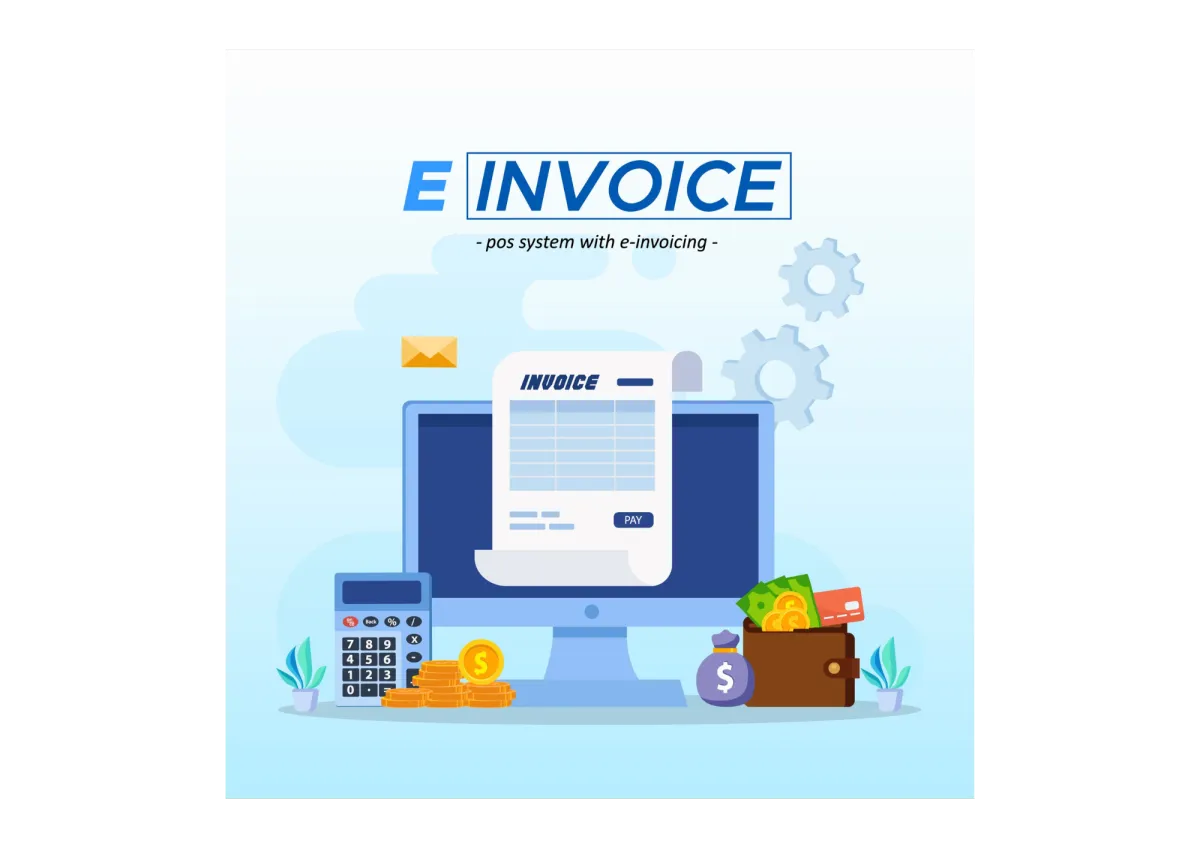
How to Read Your Financial Statements Like a Business Owner
Every SME owner should be able to read and understand these three core reports:
Profit & Loss (Income Statement)
• Understand how much you made (revenue) and spent (expenses)
• Focus on net profit and gross profit margin trends
Balance Sheet
• Know what you own (assets) and owe (liabilities)
• Understand your equity and retained earnings
Cash Flow Statement
• Track cash in/out per month
• Identify periods of cash shortage or surplus
Even if you outsource accounting, reviewing these monthly helps you spot problems early and manage growth responsibly.
Conclusion
Accounting is not just paperwork, it's your lens into your business health. If every ringgit is tracked, categorized, and reviewed consistently, SMEs can:
• Improve profitability
• Minimize risk
• Achieve tax compliance
• Make smarter, faster decisions
In Malaysia’s evolving financial landscape, treating accounting as an afterthought is a costly mistake. Build your system, learn to read your numbers, and treat accounting as your strongest business tool.
Free quotation for SQL and AutoCount Accounting
FAQs
Can I claim personal expenses as business costs?
No. Mixing funds will violate accounting principles and raise red flags during audits.
What happens if I don’t issue invoices or receipts?
LHDN can penalize you during audits. You may also lose credibility with clients and banks.
When should I switch from manual records to software?
As soon as you handle regular transactions. Software improves accuracy and reduces time.


